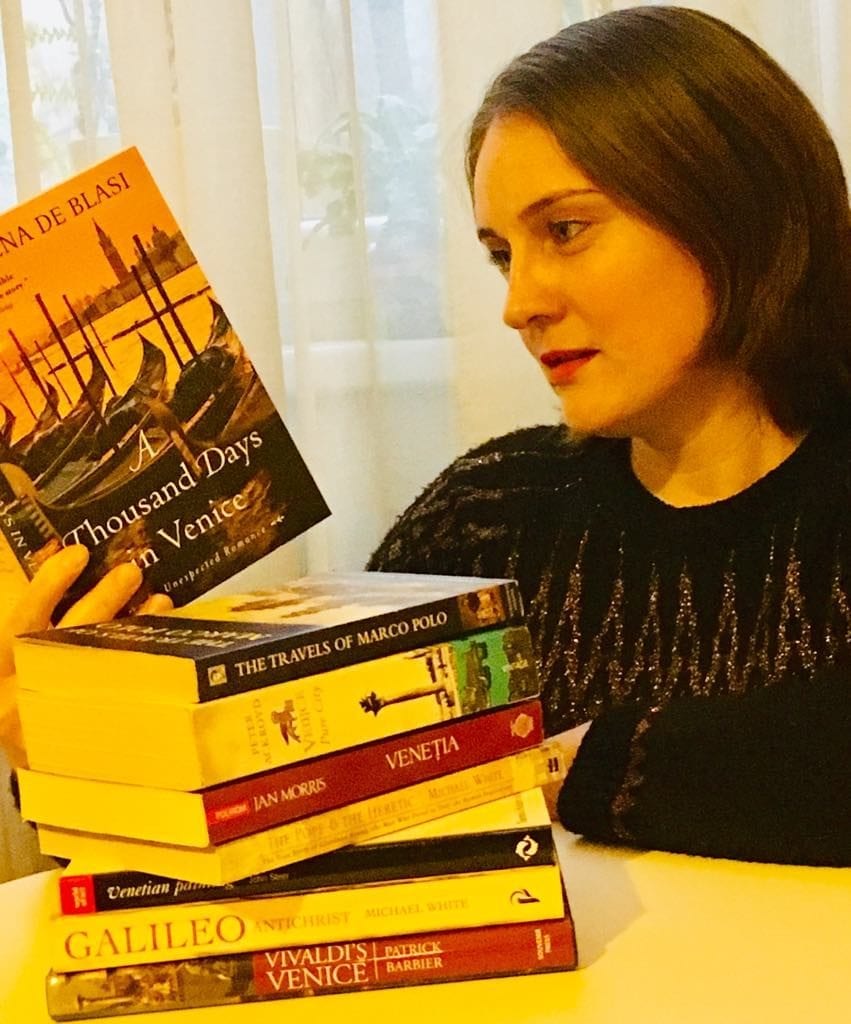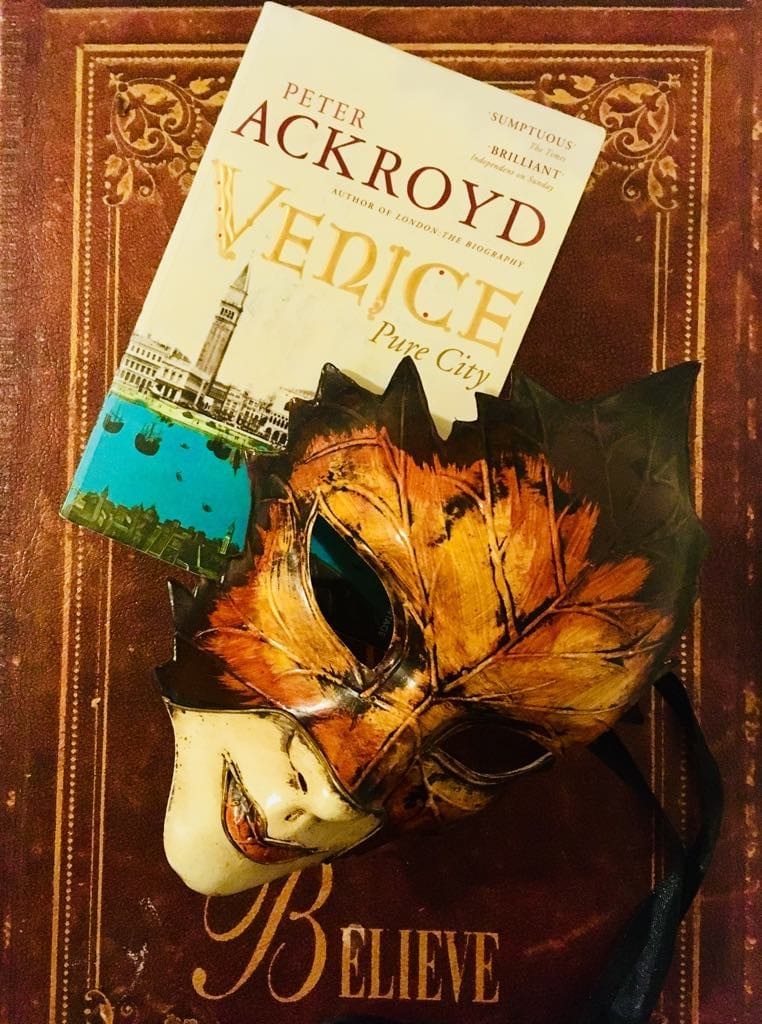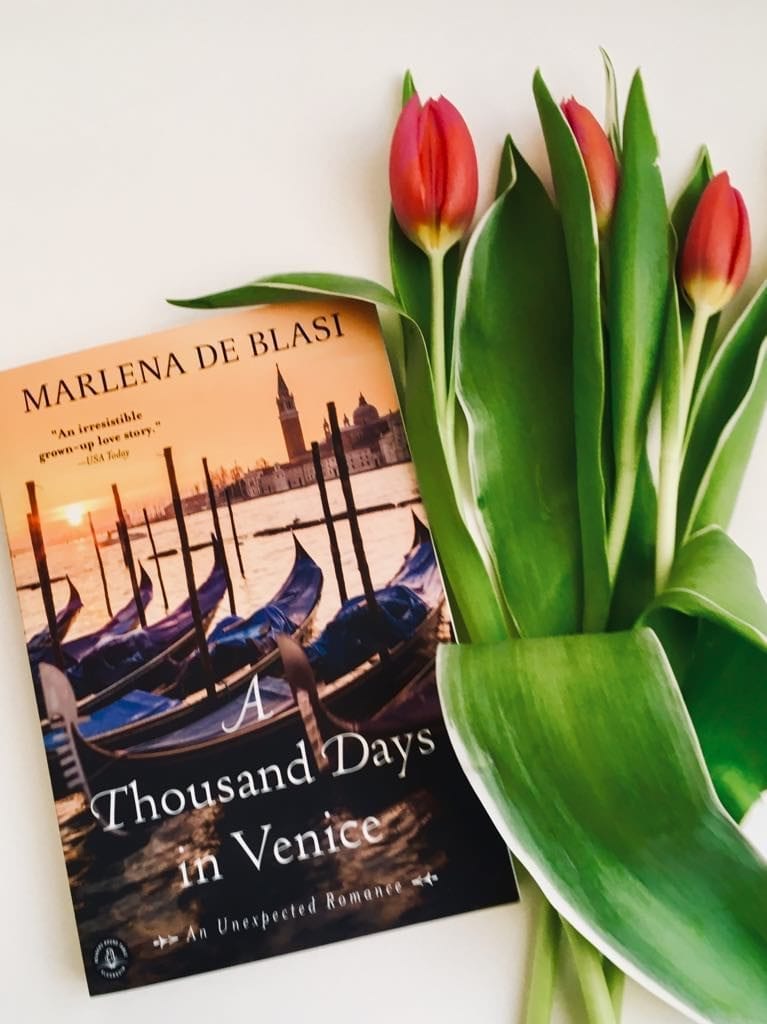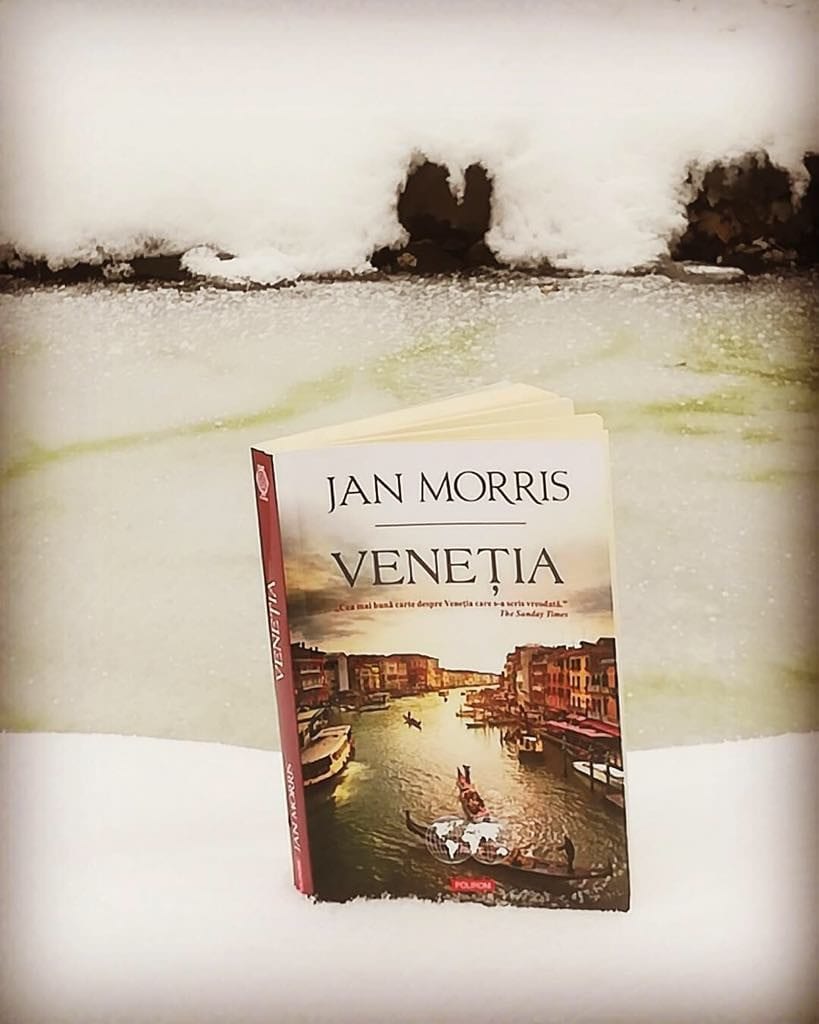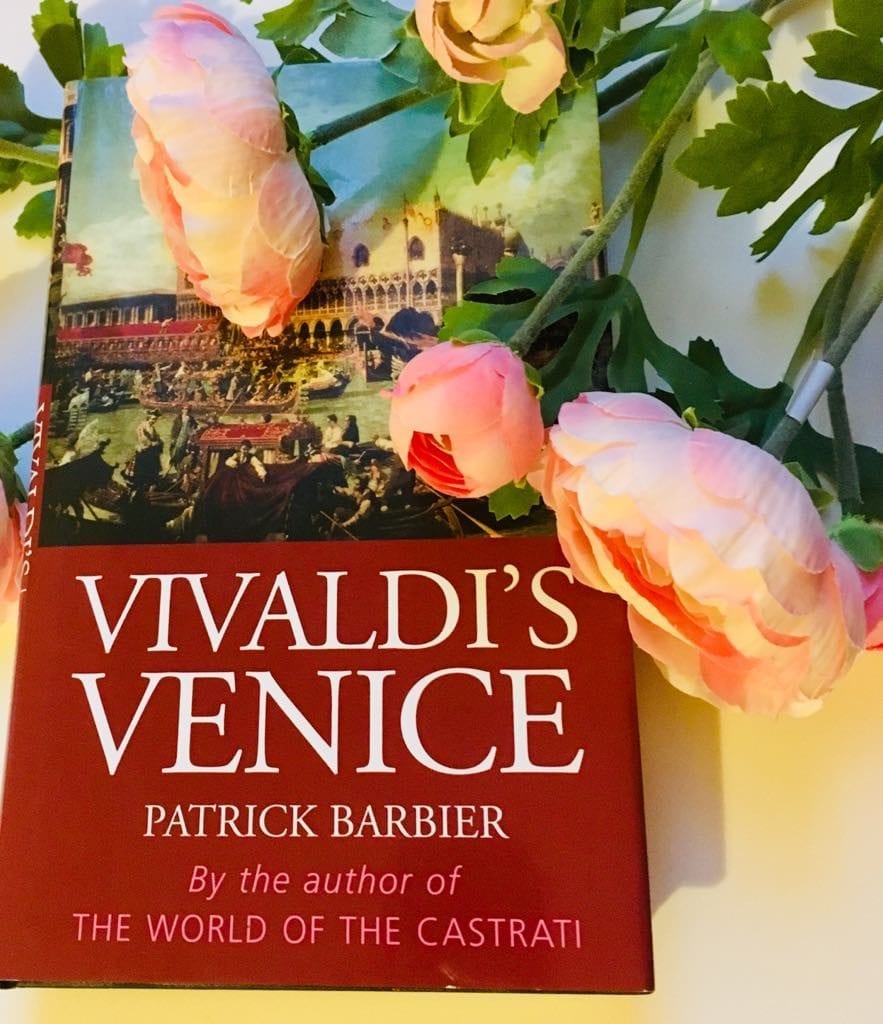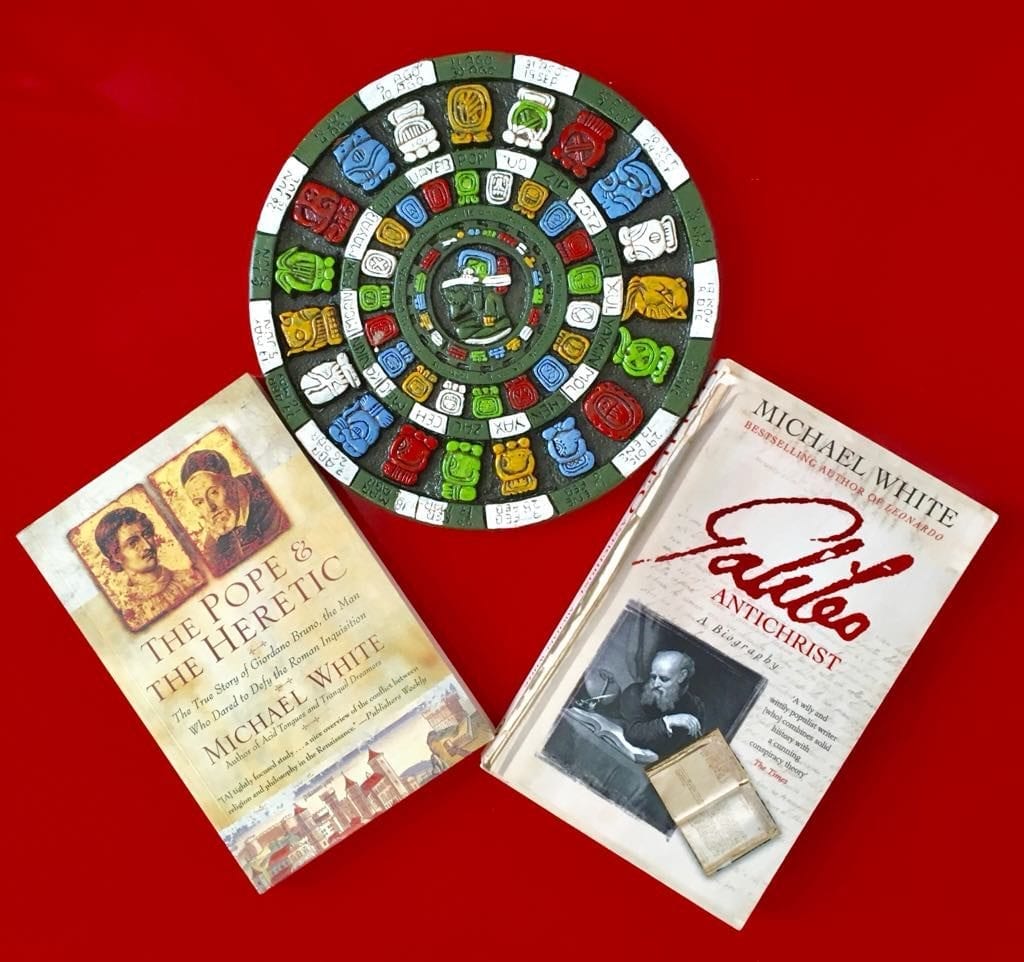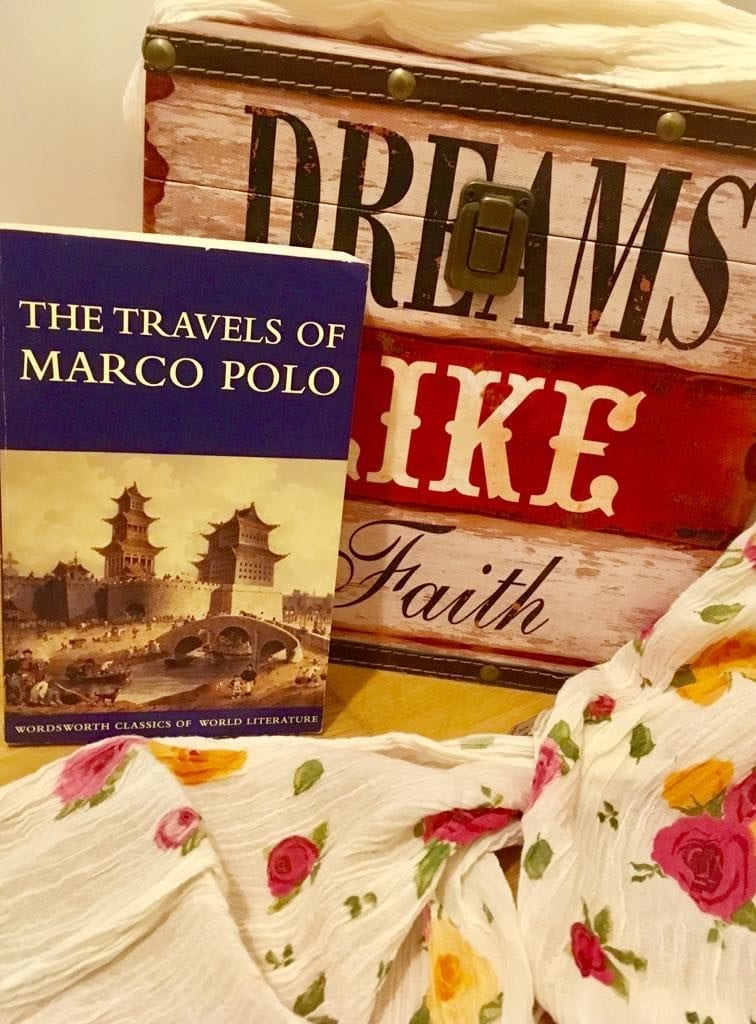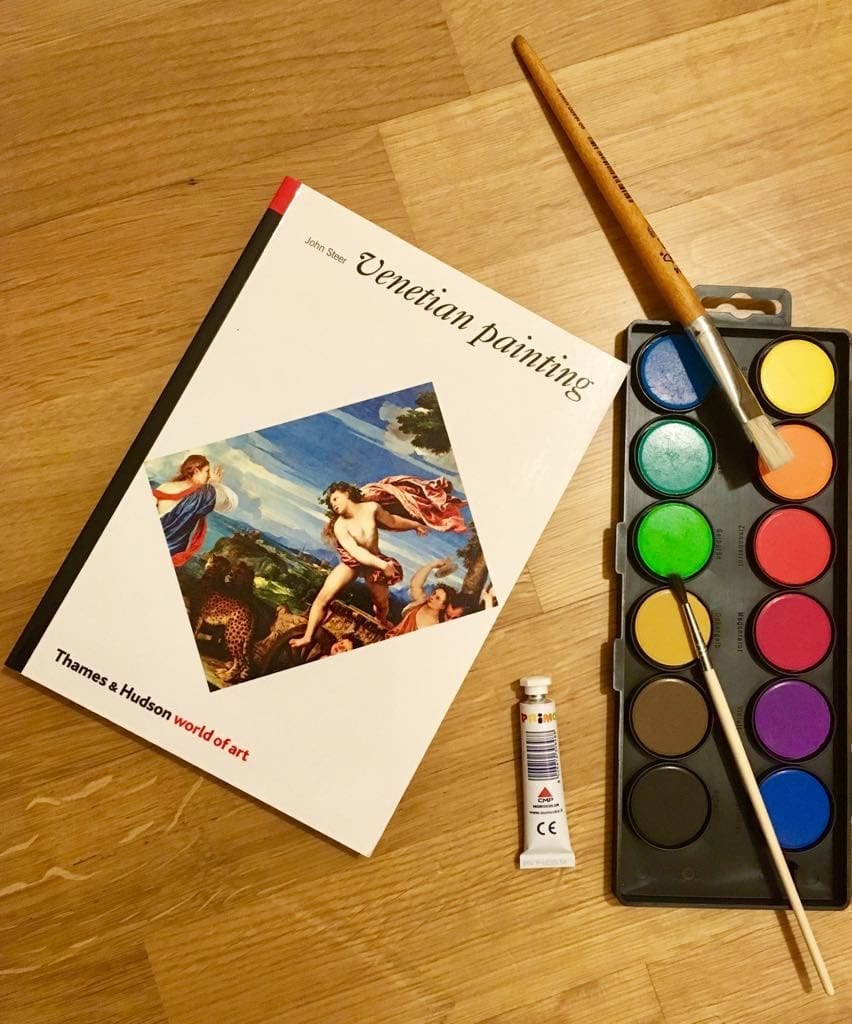No matter if you are going to Venice as a couple or as a family with kids, taking a book along is always a good idea. There is something about the uniqueness and history of La Serenissima that can only be appreciated if fully understood. Otherwise, the city might feel like a claustrophobic open-air museum to get lost in. Walk in the steps of Marco Polo, Vivaldi, and Galileo, understand the myth behind the creation of Venice, uncover the mysteries of the Doge’s Palace and innumerable church paintings, and you will suddenly feel at ease in Venice.
Note: We are currently trying to monetize our website in order to cover the expenses for its maintenance. We have entered a partnership with the USA branch of Amazon, thus the affiliate links you find across the article are to the places where the recommended books are sold by Amazon USA (click book name in blue bold title). Shall you make a purchase, we get a friendly commission at no extra cost for you. Thank you for supporting us in this way.
A quick word before we start. I have purposely left out Donna Leon’s series of crime novels set in Venice, as they simply are not a genre I like to read. But for you, they might just make the best guide to the city, so don’t forget to check them out.
Venice, Pure City – by Peter Ackroyd
“To build a city where it is impossible to build a city is madness in itself, but to build there one of the most elegant and grandest of cities is the madness of genius” said Alexander Herzen and Peter Ackroyd’s biography of Venice proves it beyond reproach. Wanna be forever hooked with la Serenissima? Take its biography along when you visit!
Venetians are linked to the sea and to the tides rather than the land, in their unique city with an otherworldly atmosphere. In his unmistakable style, the author takes us through history and mentalities, while painting a vivid portrait of the city’s canals, bridges, markets, festivals, artists, trade, scandals, and seductions.
There is no better guide if you want to understand Venice as a first-time visitor, or if you want to remember it as a long-time aficionado. One of the very few books I re-read with pleasure.
A Thousand Days in Venice – by Marlena de Blasi
A nonfictional account of how the author moved to Venice after falling in love with a stranger in this city. A beautiful description of how love can open up new possibilities in one’s life and bring out our better selves, all intertwined with Marlena’s love story with the city itself.
Packed with vivid descriptions of the city, its markets and mentalities, this captivating memoir is living proof that love can conquer distances and divergences and bring us to live a dream we did not know we had.
A classic of travel literature, this city portrait is written in an engaging style and Jan Morris does a great job of introducing you to the miracle that is Venice. Divided into three main parts – the city, the people, the lagoon – this beautiful description of Venice covers not only its history but the very tiny details that make it unique: channels and bridges, palaces, smells, tourists, inhabitants, arabesques, and gossip.
If you haven’t been to Venice yet or if you just miss it, this masterpiece will bring it to life before you.
Vivaldi’s Venice – by Patrick Barbier An extravagant evocation of La Serenissima, this well-researched portrait of Venice in the 17th century follows the footsteps of its most famous composer. Vivaldi rarely left Venice during his lifetime, which at the time was already a touristic destination renowned for its extravagances, hedonism, and the mingling of social classes in the quest for art and pleasure. The destinies of a mysterious composer and a city like no other are intertwined and it takes skillful writing like that of Patrick Barbier to paint such a complex portrait.
The Pope & the Heretic and Galileo Antichrist – by Michael White When it comes to the history of scientific discoveries, Michael White is by far my favorite author. From Leonardo da Vinci to Newton, his biographies are erudite, vivid portraits of both people and epochs.
On the 23rd of May 1592, Giordano Bruno is arrested in Venice and handed over to the Inquisition.
On the 25th of August 1609, Galileo is at the top of St Mark’s Campanile, demonstrating his telescope to the Senate and the Doge. As a result, he was offered a professorship at the University of Padua.
How did a city that so prided itself in its freedoms react to the new ideas of the time, and how did it interact with the Inquisition and Rome?
Although focused on the amazing lives and ideas of visionaries that shaped the future, these books also hide between the lines important insights on the roles played by Venice at that time.
One of the first great travel books of Western literature, the Venetian merchants’ account of his travels across Asia, from Beijing to Northern India, is a mix of reality and fiction characteristic for the medieval imagination. At the same time, it is a vivid travel journal and a source of inspiration for every traveler after him, including Christopher Columbus.
Polo’s destiny was linked to the city he called home, such that after traveling for 24 years he returned to find Venice at war with Genoa; he was imprisoned and dictated his stories to a cellmate. After his release, he became a wealthy merchant and was buried in the church of San Lorenzo.
For the tiny explorers out there, children versions of the book exist, which I highly recommend.
Venetian Painting – by John Steer Titian, Tintoretto, Veronese, Canaletto, Tiepolo; San Marco, San Zaccaria, Santa Maria de la Salutte, San Rocco – even for the art enthusiast, the multitude of churches and schools and works of art in Venice is intimidating. There’s no making sense of or remembering it all during a short visit, thus I purchased this concise guide during my stay in Venice. It is an easy read, packed with high-quality illustrations, that will make your life easier on your exploration of Venetian painting.



